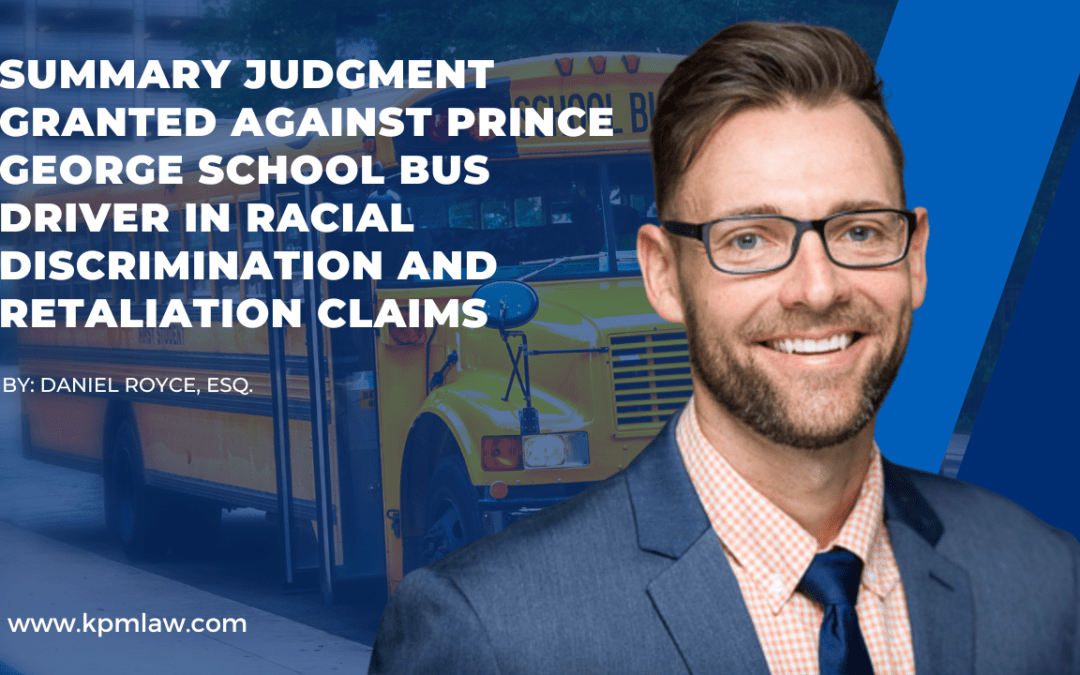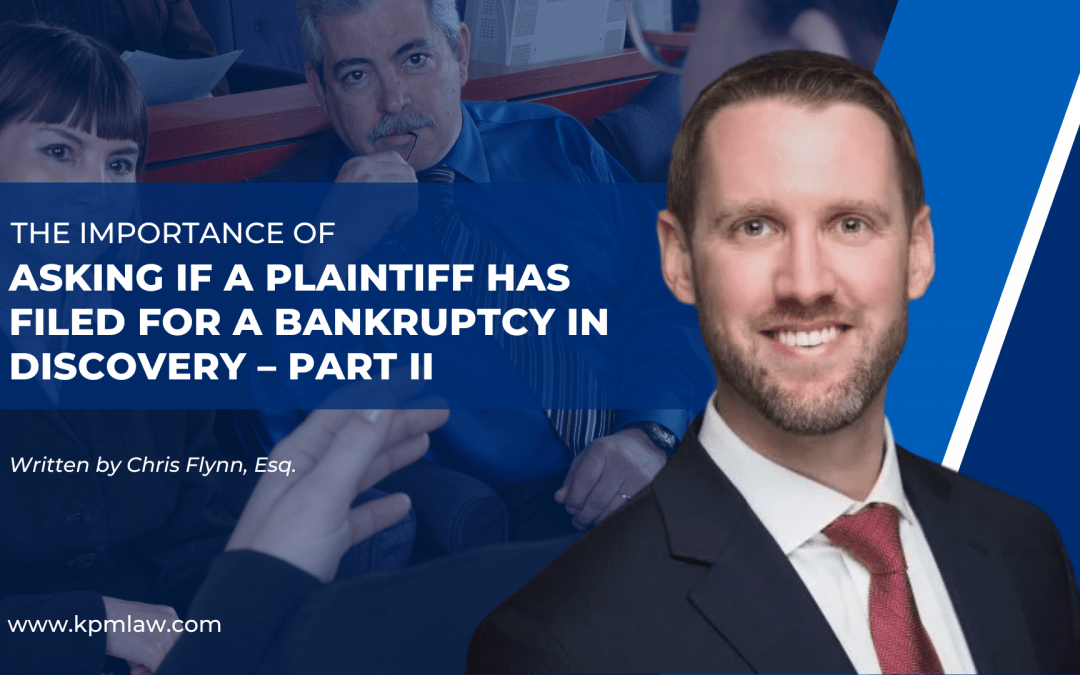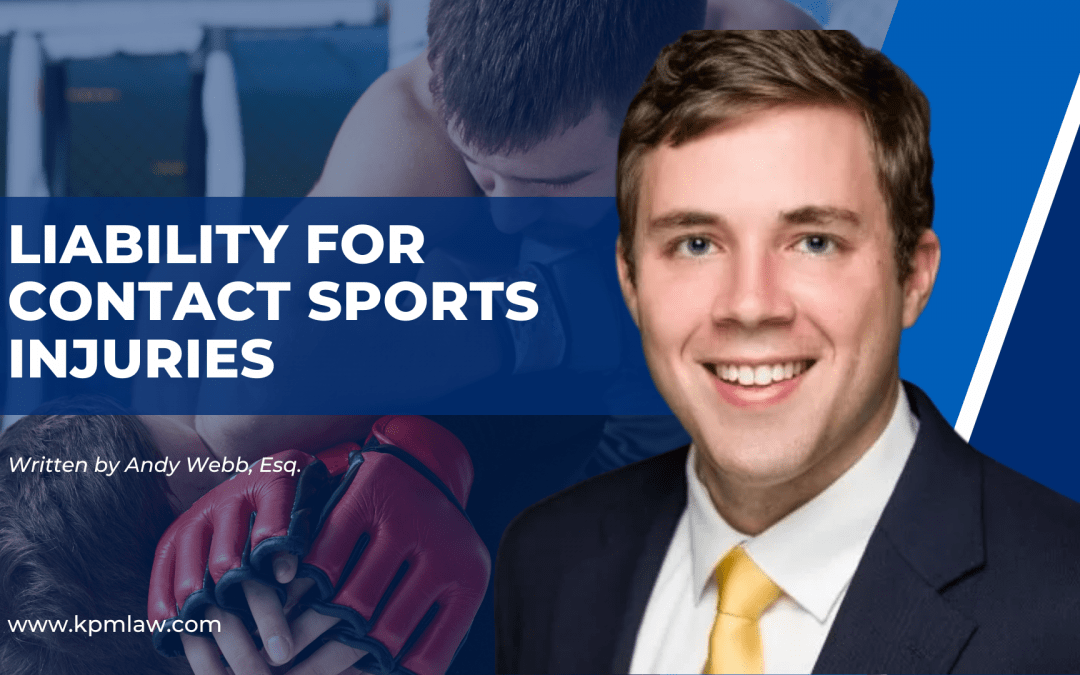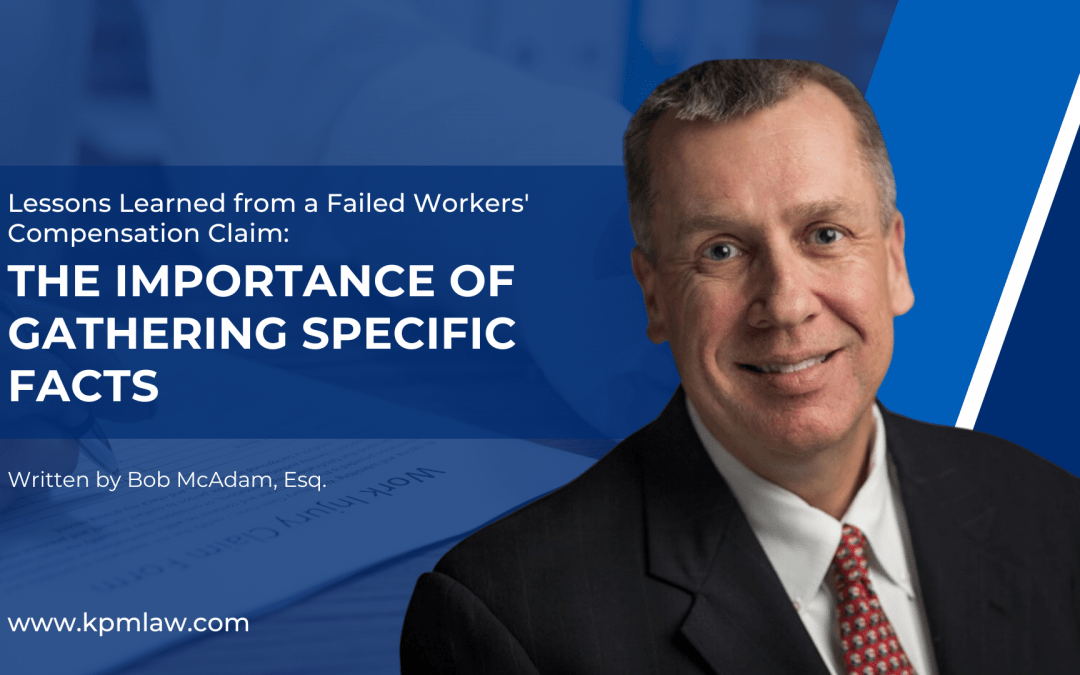
by KPMLAW | Jul 5, 2023 | Uncategorized
Written by Daniel Royce, Esq. A critical component of educational infrastructure of public schools are the bus drivers tasked with transporting children safely to and from school each day. Despite their critical role, school boards are not immune from claims arising from their own drivers. In Cook v. Prince George County School Board, Civil Action No. 3:22-cv-129-HEH (Eastern District of Virginia), the Eastern District had the opportunity to re-visit and weigh in on discrimination and retaliation claims under Title VII when it granted Summary Judgment in favor of the Prince George School Board. Facts and Background Lillie M. Cook (“plaintiff”) was employed as a school bus driver for Prince George from 2013 until June of 2020. The school board elected not to renew her contract for the 2020/21 school year. Plaintiff, who is black, alleges that her contract was not renewed because of her race, and because she filed a report accusing the School Board of discrimination and workplace harassment. The Board asserted that plaintiff was neither subject to discrimination nor retaliation and simply not retained because she was not meeting the Board’s legitimate expectations. In December 2019, plaintiff was reprimanded for rushing a child to get on the bus. In Early January, a white bus driver reported that plaintiff and other drivers were talking negatively about the supervisor. Portions of this conversation were recorded on the bus recording system. As a result of this unprofessional conduct, the plaintiff was issued a letter of reprimand on January 10, 2020 On February 3, 2020, plaintiff filed a report of discrimination and harassment with the School Board. Plaintiff addressed the letter...

by KPMLAW | Apr 25, 2023 | KPMBlog, News, Profiles, Uncategorized, Updates
Written by Chris Flynn, Esq. Edited by Bill Pfund, Esq. An earlier article addressed two reasons why asking if a plaintiff has filed for bankruptcy during discovery is an overlooked but important question. Those reasons are to raise the issue of the admissibility of the debtor-plaintiff’s medical bills as well as to challenge the standing of that debtor-plaintiff in the non-bankruptcy matter. The question of standing however is exclusive to Chapter 7 debtor-plaintiffs (see Wilson v. Dollar General Corp., 717 F3 337, 343-44 (4th Cir. 2013)). Therefore, aside from challenging the admissibility of the debtor-plaintiff’s medical bills, is there any challenge that can be raised when a plaintiff in a non-bankruptcy matter has filed a Chapter 13 bankruptcy case? The answer is, yes. Judicial estoppel is a legal defense used for early dismissal of cases brought by bankrupt plaintiffs. In a bankruptcy, judicial estoppel applies if a debtor-plaintiff omits any claim that the plaintiff knew of at the time of filing for bankruptcy or learned of while the bankruptcy case was pending. If a defendant succeeds in establishing judicial estoppel, the plaintiff is barred from pursuing a case regardless of the claim’s merits. The Fourth Circuit has held that judicial estoppel applies when: (1) the party to be estopped is advancing an assertion that is inconsistent with a position taken during previous litigation, (2) the position is one of fact instead of law; (3) the prior position was accepted by the court in the first proceeding; and (4) the party to be estopped has acted intentionally and not inadvertently. Folio v. City of Clarksburg, 134 F.3d 1211, 1217 (4th...

by KPM LAW | Apr 24, 2023 | Uncategorized
Public Schools across the nation are entrusted with our children to educate, feed, nurture and provide the tools necessary for our next generation to lead fulfilling lives. As part of these responsibilities, schools must have robust precautions in place to ensure that students with allergies, and specifically food allergies, have policies and procedures in place to prevent incidents that could have dire consequences. Having a robust and specific Risk Management plan in place to prevent and deal with these situations is of the utmost importance. Facts and Background A Nebraska school district has agreed to pay $1 million to the family of a teen who died of anaphylaxis in May 2022. A 14-year-old student at Liberty Middle School in Papillion, Nebraska, was given a granola bar by his teacher. Unfortunately, the bar contained peanuts and the student had a peanut allergy. Tragically, the student later died in hospital following a severe allergic reaction. During its March meeting, the Papillion La Vista Community school board received notification of settlement with the student’s parents related to the wrongful death claim. The school board’s liability insurance carrier has agreed to pay a lump sum settlement the the family of the deceased student. In exchange for the settlement, the student’s parents have agreed to release the school district from liability in connection with the unfortunate incident. The settlement was reached through a Nebraska probate court process, not a civil lawsuit. As a result, we have relatively little information about the claims and defenses of the respective parties. What little information is known was obtained through social media postings of the family. According to...

by KPM LAW | Apr 24, 2023 | Uncategorized
You have just sent a claimant a check for $100,000 as consideration for a full and final settlement. The claimant then files a motion to vacate the settlement, but he has already cashed the check. What should you do? The Virginia Workers’ Compensation Commission is very liberal when it comes to backing out of settlements. Either side has up to thirty (30) days after the settlement has been approved by the Commission to back out without penalty. The most common reason an insurer might back out of a settlement is that it discovers fraud. For example, the insurer might find out that the claimant is working elsewhere and did not report that income. Or, surveillance might reveal that the claimant is not really injured. The most common reason why a claimant might back out of a settlement is that the claimant discovers that her injury is much worse than she thought, and she will need expensive surgery in the future, or that the recent surgery failed. In Radtz v. Crossroads Fuel Service Inc. (03/16/2023) the Full Commission addressed the issue of how to handle a matter when the settlement proceeds have been dispersed but the claimant wants to back out of the settlement. In Radtz, the parties settled the claim. The settlement was approved by the Commission on 01/24/2023. The claimant timely moved to vacate the settlement because he needed additional surgery. The Commission gave the claimant 60 days to remit the settlement proceeds to the insurer. If the proceeds were not returned, the settlement would not be vacated. Practice Pointers: If you settle a matter favorably, pay the...

by KPM LAW | Apr 24, 2023 | Uncategorized
In Virginia, “a person’s voluntary assumption of the risk of injury from a known danger operates as a complete bar to recovery for a defendant’s alleged negligence in causing the injury.” Arndt v. Russillo, 231 Va. 328, 332, 343 S.E.2d 84, 86 (1986). When it comes to contact sports, courts from across the country have found that a player assumes the risk of injury inherent to the sport. For Example see Balthazor v. Little League Baseball, Inc., 62 Cal. App. 4th 47, 49, 72 Cal. Rptr. 2d 337, 339 (1998); Crace v. Kent State Univ., 185 Ohio App. 3d 534, 539 (2009); Brown v. Stevens Pass, Inc., 97 Wn. App. 519, 522-523, 984 P.2d 448, 450 (1999); and Morgan v. State, 90 N.Y.2d 471, 482-483, 685 N.E.2d 202, 206 (1997). When a participant steps onto the field, court, or other playing surface, they voluntarily accept the risks of injury that come with that sport. This includes the risk of injury caused by another participant due to the other player’s careless conduct, “because in the heat of an active sporting event a participant’s normal energetic conduct often includes accidentally careless behavior.” McGarry v. Sax, 158 Cal. App. 4th 983, 999 (2008). The rules governing liability for injuries sustained in contact sports are not as clear in Virginia as in other states. The Virginia Supreme Court has not affirmatively ruled on a player’s assumption of risk in the context of contact sports, but the case law of Virginia tends to support the general rule applied in other states—that a participant voluntarily assumes risks inherent to the sport. The Virginia Supreme Court...

by KPM LAW | Mar 27, 2023 | Uncategorized
Written by Bob McAdam, Esq. Edited by Jessica Gorman, Esq. For a claimant to prove a compensable injury by accident the claimant must prove that he has sustained an injury by accident arising out of and in the course of his employment. A case decided by the Full Commission in March 2023 illustrates why it is important to know as many facts as possible before making a decision regarding a claim. In O’Brien v. Northern Va. Community College, JCN: VA00001876256 (03/03/2023) illustrates the point. The accident occurred while the claimant was walking from her third-floor office to attend a meeting on the first floor of the employer’s medical education building. Finding her way to the meeting blocked by a locked door, the claimant attempted an alternative route by backtracking through the second floor. While walking down a second-floor hallway, the claimant encountered a co-worker. As she turned to address the co-worker, the claimant fell. There were three separate arguments made to support the claimant’s claim, all of which failed before the Deputy Commissioner and, in a 2-1 decision of the Full Commission. The Claimant’s shoe stuck to the floor. The Claimant was distracted when she turned to address a co-worker. The Claimant was holding a computer and papers in her left arm contributed to the awkwardness of the fall. You would think, that based on those three bullet points, the claimant would prevail. However, she did not. This case does not suggest anything other than the “arising out of “ prong is extremely fact specific. When taking the statement of a claimant it is very important to get...







